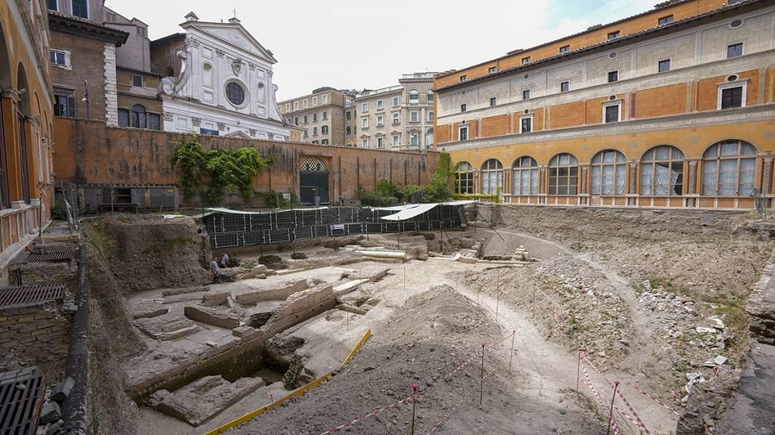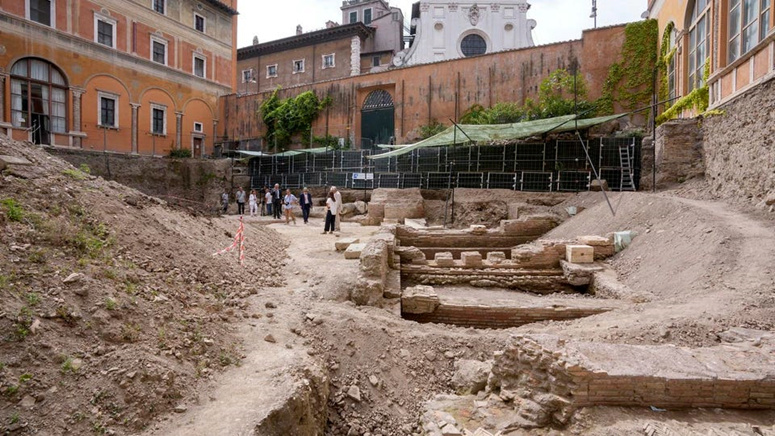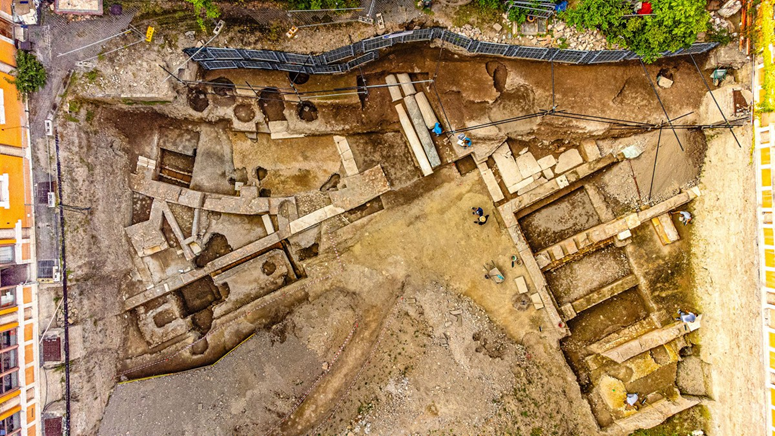Discovering the ruins of an ancient theater in Rome

In the center of Rome, near the Vatican, archaeologists have found the ruins of an ancient theater dating back to the first century AD. It is believed that Emperor Nero was a fan of this theater.
And the newspaper Corriere della sera notes that the director of the Rome Police, Daniela Porro, declared that this discovery was of “exceptional importance.”

It is noteworthy that information about the existence of this theater, Theatrum Neronis, is mentioned in the ancient texts of Pliny the Elder, Suetonius, and Tacitus. From them, the researchers obtained basic information and evidence indicating the location where the “Temple of Art” might be located. which has been described as "the pinnacle of pomp". Many have compared it to Nero's "Golden House", a huge palace built by the emperor on the site of the city that burned in the "Great Fire of Rome" in 64 AD. Later the Colosseum and other public buildings were constructed in this area.
Since excavations began in 2020, archaeologists have found columns of white and colored marble, gold-inlaid elements, sculptures and other artifacts at a depth of 5 meters in the courtyard of the Palazzo della Rovere. In addition, archaeologists have been able to recover from the ruins the outlines of the theater itself, including the stage on which the emperor stood before his guests. Scientists have also found numerous medieval artifacts about which little is known.

Scientists believe that this area, in the early Middle Ages, was teeming with pilgrims who would come to Rome to visit the tomb of St. Peter. But in the fifteenth century, a palace was built in it, around which a residential neighborhood later grew, partly destroyed during the reign of Mussolini, linking the main cathedral of the Catholic world with the Corniche of the Tiber through a wide street.
It was decided, after a comprehensive study and cataloging of all that was discovered, to bury the rest of the theater again. Because at present this is the only way to preserve the monument due to the proximity of the groundwater level. All discovered artifacts, including columns, will be displayed in the palace after completing all necessary procedures.
Source: TASS

